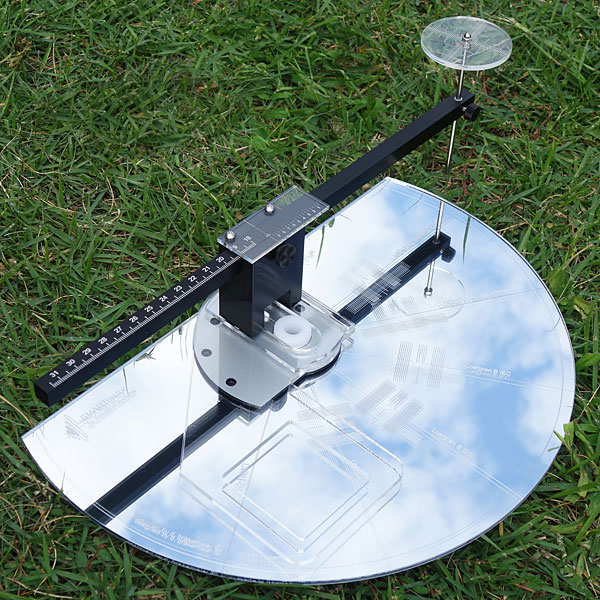| Columns Retired Columns & Blogs |
I have had my metal Dennsen protractor since 1989 and it has served me well. I did notice though that once I got it an obsession with getting it right to the point where I was always checking and rechecking cartridges I had installed on my tables was becoming an unhealthy obsession . To break out of this "sickness" I did two things; I purchased a Shure V15 MK V which had an ingenious way of aligning the cartridge using the Lofgren technique, applying the cartridge against their template and checking against the Dennsen I found it was always spot on and very accurate, hence stuck with the cartridge and still use it today. The other thing I did was purchase and use SME tonearms, I find their method of setting up to be quite easy provided you use the right size screws to provide a nice snug fit. Toyed with the idea of getting the Smartractor but in the end I wouldn't want to start adjusting and readjusting cartridges again and again. Been OCD cartridge free for decades.













































